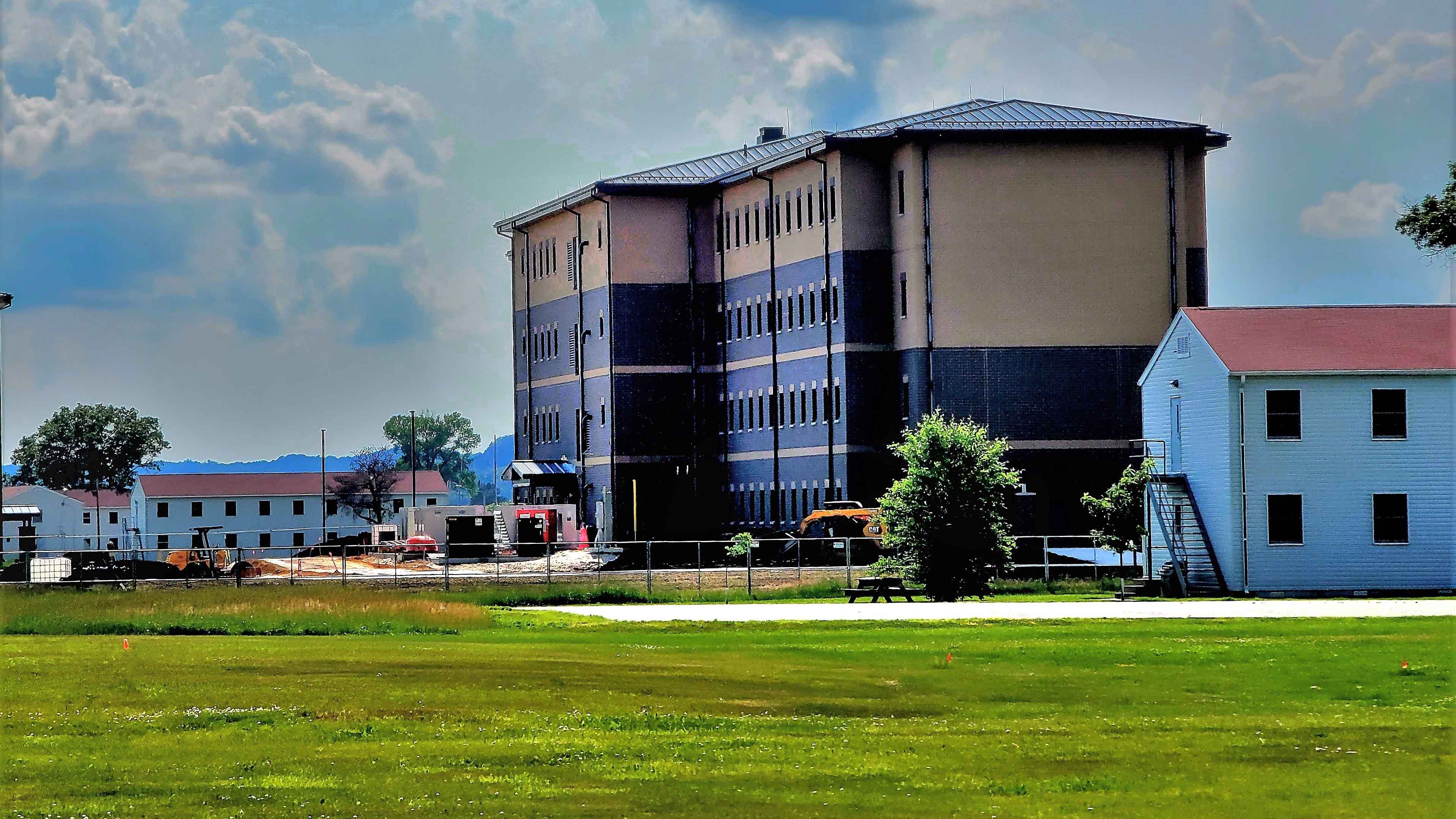Installations at ‘Epicenter’ of Army Operations
Installations at ‘Epicenter’ of Army Operations

The Army is committed to improving its installations and ensuring they are modern and resilient, a senior Army leader told lawmakers.
“Installations are at the epicenter of everything we do in the Army,” Rachel Jacobson, assistant Army secretary for installations, energy and environment, said during a hearing before the House Armed Services subcommittee on readiness. “They’re where we train, work, learn and live. To strengthen Army readiness and build the force of the future, we must be laser-focused on providing state-of-the-art installations.”
The Army is considering the unique environmental conditions at each installation as it conducts “comprehensive” environmental assessments, Jacobson said during the Feb. 28 hearing. The assessments, which have already been conducted at Fort Carson, Colorado, and Anniston Army Depot, Alabama, consider historical extreme weather and possible future climate events, she said.
“Part of what comes out of these recommendations are suites of projects, where we can enhance base resilience based on what we learn comprehensively about the risks associated with changing weather and other environmental conditions in that region,” she said.
Resilient installations are less vulnerable to a multitude of threats, Jacobson said.
“Resilient installations foster ready soldiers, beginning with reliable access to energy. We have all witnessed threats to the electric grid, whether from cyberattacks, physical attacks or severe weather events,” she said. “Installations can't afford to lose power when the commercial grid goes down. That is why we are developing on-site, carbon-free power generation, battery storage and a microgrid to support critical missions at all Army installations.”
As part of modernization efforts, DoD is building three training barracks using 3D printing, including at Fort Bliss, Texas.
“The 3D barracks is an interesting and novel approach to construction,” Jacobson said. “And we are looking at ways, especially on contingency basing, where we can use this type of construction, which is very fast and very efficient.”
The Army is also considering privatized barracks “very, very carefully” and some decisions are expected this year, she said.
“We've commissioned a Rand [Corp.] study to give us sort of the pros and cons and do a deep dive,” she said. “The question is, how do you ensure continuity of leadership and unit continuity? How do you make sure that leaders have access to the barracks?”
For the Army, the future fight begins at home, Jacobson said.
“Building the Army of 2030 begins on our installations,” she said. “We need ready and resilient installations to ensure our soldiers are properly trained and can deploy anywhere in the world to fight and win our nation’s wars.”

